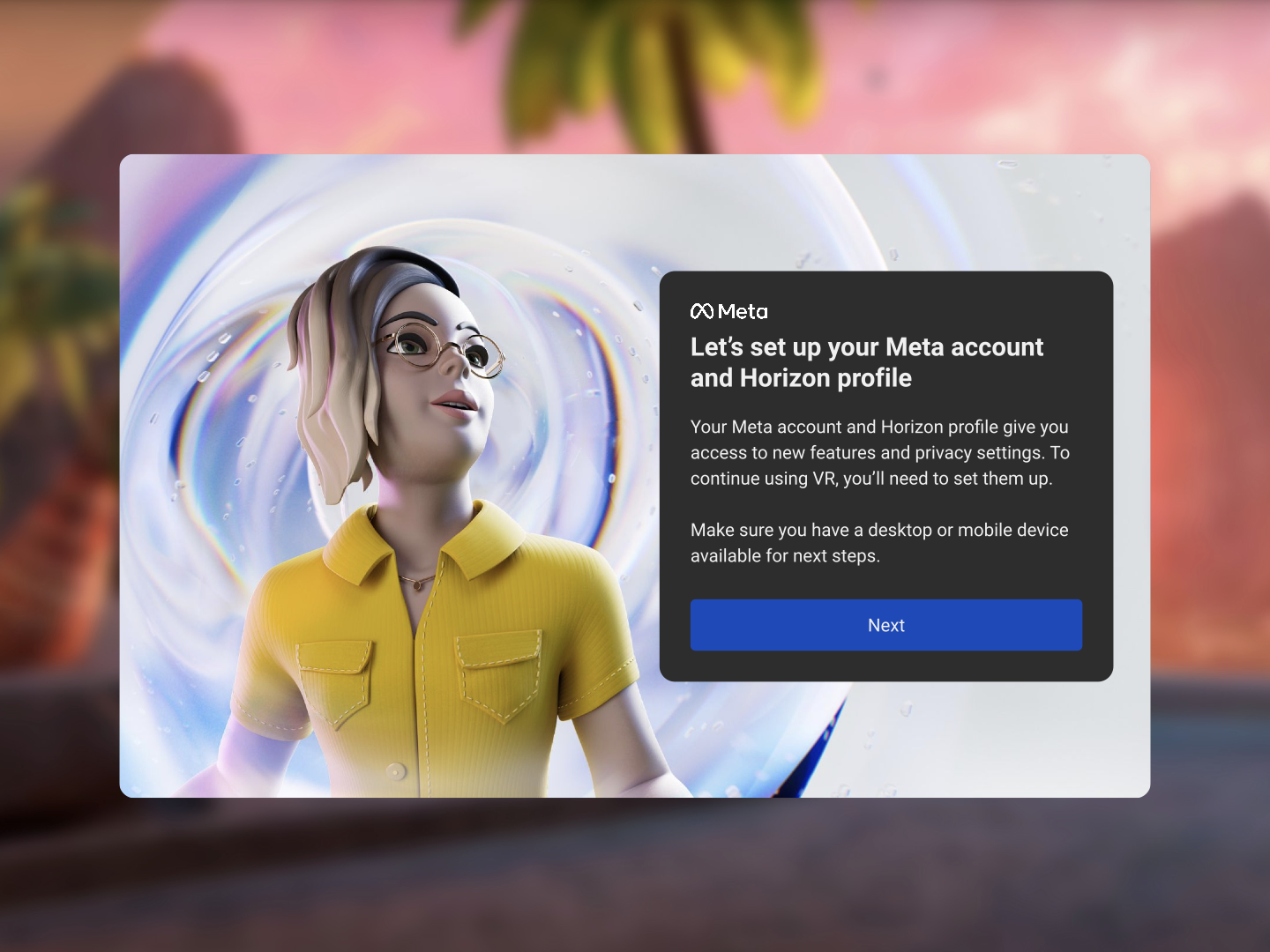ThisIsNotAWebsite: Understanding The Concept And Its Implications
ThisIsNotAWebsite is a term that has garnered attention in the digital age, symbolizing the intersection of creativity and technology. As the internet continues to evolve, the notion of what constitutes a "website" becomes increasingly fluid. This article aims to explore the multifaceted concept of ThisIsNotAWebsite, examining its implications for users, creators, and the future of digital content.
The rise of ThisIsNotAWebsite can be attributed to various factors, including the growing popularity of alternative digital platforms, social media, and the shift towards more interactive online experiences. In this comprehensive guide, we will delve into the nuances of ThisIsNotAWebsite, how it challenges traditional web design, and the opportunities it creates for individuals and businesses alike.
Throughout this article, we will focus on the principles of E-E-A-T (Expertise, Authoritativeness, Trustworthiness) to ensure that the information presented is credible and reliable. Additionally, we will adhere to the YMYL (Your Money or Your Life) criteria, addressing how ThisIsNotAWebsite can impact users' lives and financial decisions.
Table of Contents
- What Is ThisIsNotAWebsite?
- History and Evolution of ThisIsNotAWebsite
- The Implications of ThisIsNotAWebsite
- How ThisIsNotAWebsite Challenges Traditional Web Design
- Opportunities for Creators and Businesses
- Case Studies of ThisIsNotAWebsite
- The Future of Digital Content and ThisIsNotAWebsite
- Conclusion
What Is ThisIsNotAWebsite?
ThisIsNotAWebsite is a conceptual framework that challenges the conventional understanding of what a website is. It encompasses platforms, applications, and digital experiences that may not fit the traditional mold of a website. Some examples include:
- Social media profiles (e.g., Instagram, Twitter)
- Interactive applications (e.g., games, quizzes)
- Virtual reality spaces
- Augmented reality experiences
Key Characteristics of ThisIsNotAWebsite
Some of the defining characteristics of ThisIsNotAWebsite include:
- Interactivity: Users actively engage with the content.
- Fluidity: The format may change based on user preferences and behavior.
- Accessibility: Content can be accessed across various devices and platforms.
History and Evolution of ThisIsNotAWebsite
The concept of ThisIsNotAWebsite has its roots in the early days of the internet, where static webpages dominated. However, as technology advanced, so did the ways in which users interacted with digital content. The evolution can be broken down into several phases:
- Static Websites: Initially, websites were primarily static, serving as digital brochures.
- Dynamic Content: The introduction of dynamic content allowed for more interactive experiences.
- Social Media Boom: The rise of social media platforms shifted focus from traditional websites to user-generated content.
- Emergence of Apps: Mobile applications began to dominate, creating a new standard for digital interaction.
The Implications of ThisIsNotAWebsite
The emergence of ThisIsNotAWebsite has several implications for users and creators:
- Redefining User Experience: Users are expecting more from their online experiences, leading to a demand for interactivity and engagement.
- Changing Monetization Strategies: Creators must explore new ways to monetize their content beyond traditional advertising.
- Influence on Branding: Brands must adapt their strategies to align with the evolving digital landscape.
How ThisIsNotAWebsite Challenges Traditional Web Design
ThisIsNotAWebsite presents a challenge to traditional web design principles. Here are some ways it diverges:
- Focus on User Interaction: Unlike static websites, ThisIsNotAWebsite prioritizes user engagement and interaction.
- Fluid Design Elements: The design must adapt to various platforms, devices, and user preferences.
- Integration of Multimedia: Emphasis on rich media content, such as videos and interactive graphics.
Opportunities for Creators and Businesses
ThisIsNotAWebsite opens up numerous opportunities for creators and businesses:
- Innovative Content Creation: Creators can experiment with new formats to engage their audience.
- Expanded Reach: Businesses can tap into diverse platforms to reach wider audiences.
- Enhanced User Engagement: Interactive content fosters deeper connections with users.
Case Studies of ThisIsNotAWebsite
Several successful examples of ThisIsNotAWebsite can be observed:
- Instagram: A social media platform that allows users to share visual content, redefining online interaction.
- Duolingo: An interactive language-learning app that blends education and gaming.
- Pokémon GO: An augmented reality game that encourages physical movement and exploration.
The Future of Digital Content and ThisIsNotAWebsite
The future of digital content is likely to be heavily influenced by ThisIsNotAWebsite. Here are some potential trends to consider:
- Increased Personalization: Content tailored to individual preferences will become the norm.
- Integration of AI: Artificial intelligence will play a significant role in content creation and user experience.
- Emergence of New Technologies: Virtual and augmented reality will continue to shape how users engage with content.
Conclusion
In conclusion, ThisIsNotAWebsite represents a significant shift in the digital landscape. It challenges traditional notions of web design and opens up new opportunities for creators and businesses. As we move forward, it is essential to stay informed about these trends and adapt to the evolving digital environment.
We invite you to share your thoughts on ThisIsNotAWebsite in the comments below. If you found this article helpful, consider sharing it with others or exploring more content on our site.
Thank you for reading! We look forward to seeing you again soon.
Unraveling The Mystery: Michael Ealy's Twin Brother
Quinn Infinite: The Rising Star In The Digital Universe
Gracie Bond Model: The Rising Star In Fashion Industry


